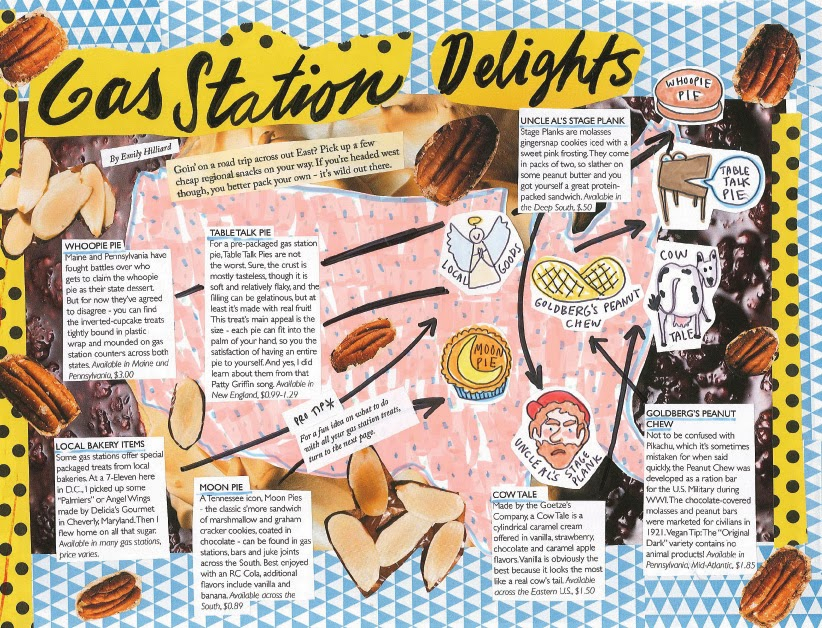When the Modern Farmer article “Painting the Farm Red: The Chicken-Slaughtering Pinup Girls of Marion Acres” appeared in my inbox, I took once glance, deemed it inconsequential, and deleted it. Then it started popping up all over my Facebook feed, and the images of twenty– and thirty-something women in bandanas and red lipstick leering at chickens stuffed into slaughtering cones was too difficult to ignore, so I clicked. When my friend Lora asked me for my feminist analysis, I balked, “I have no real feminist analysis. I just think this is profoundly dumb.”
Despite my initial reaction, the complex implications of that story (if you can call it that) have stuck with me and left me wondering what the piece might say about the societal fetishization of women and meat, agrarian labor, and rural culture. Turns out, I have a feminist analysis after all.
Read on in Render









